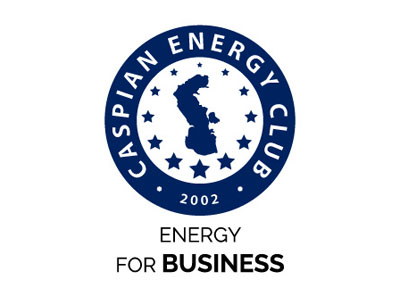Italy increased natural gas import from Azerbaijan by 10.5% year-on-year, Caspian Energy Media reports with reference to the data given to Trend from Eurostat, the European Union's statistical office.
Italy imported 488 million cubic meters of gas from Azerbaijan in May 2024, compared to 441.5 million cubic meters in May 2023.
Despite the significant increase in the volume, the cost of imports has notably decreased. In May 2023, the value of imports stood at 366 million euros, whereas in May 2024, it plummeted to 276 million euros, marking a reduction by almost 25 percent.
From January through May 2024, Italy imported 2.4 billion cubic meters worth 1.35 billion euros, as compared to 2.2 billion cubic meters worth 2.6 billion euros.
In 2023, Italy imported a total of 9.3 billion cubic meters of gas from Azerbaijan, valued at 4.97 billion euros.
It is noteworthy that Azerbaijan initiated gas transportation to Europe through the Southern Gas Corridor on December 31, 2020. This corridor facilitates the transport of gas from the Caspian Sea region to European countries, passing through Georgia and Türkiye.
According to the agency, In July 2022, Azerbaijan and the European Union reached an agreement to double the volume of gas supplies via the Southern Gas Corridor, from the current 10 billion cubic meters to 20 billion cubic meters by 2027.
In general, the situation with gas on the market can be called stable, since gas remains the most environmentally friendly of all fossil fuels. Besides, there are no signs of a decrease in the supply of liquefied natural gas from the United States, which today accounts for about 30% of the EU energy balance.
According to a new report by data and analytics company Wood Mackenzie, European gas storage is forecast to reach 100% by the end of September and remain full until the end of October, with an additional 4 million tonnes per annum (mmtpa) of floating storage also accumulated. The report, Europe gas and LNG markets short-term outlook Q2 2024 , states that low European demand for gas has kept storage levels at record highs this year. This is despite Europe importing 11 mmtpa less liquified natural gas (LNG) through May, compared to the same period in 2023. “Lower European demand has depressed prices and pushed LNG into Asia with imports to China alone up 22%,” says Lucy Cullen Research Director, EMEA Gas & LNG Research at Wood Mackenzie. Looking ahead, high prices are likely to provide some headwinds to near-term Asian demand growth, Cullen added.
Sharp price spikes are also not expected, as was the case in August 2022, they are expected in the range of 320 Euro thousand cubic meters, which will stabilize the manufacturing sector of the European economy and help reduce inflation by maintaining stable rates of the Central Banks of the EU countries.
The weather factor, as well as the fact that Europe may lose more Russian volumes, up to 12 bcm per annum, as the transit agreement via Ukraine expires on 1 January 2025, remain the main risks to the stability of the gas market. Therefore, Central European markets will look for alternatives to bolster supply, including boosting use of LNG regasification capacity in Southeast Europe.





